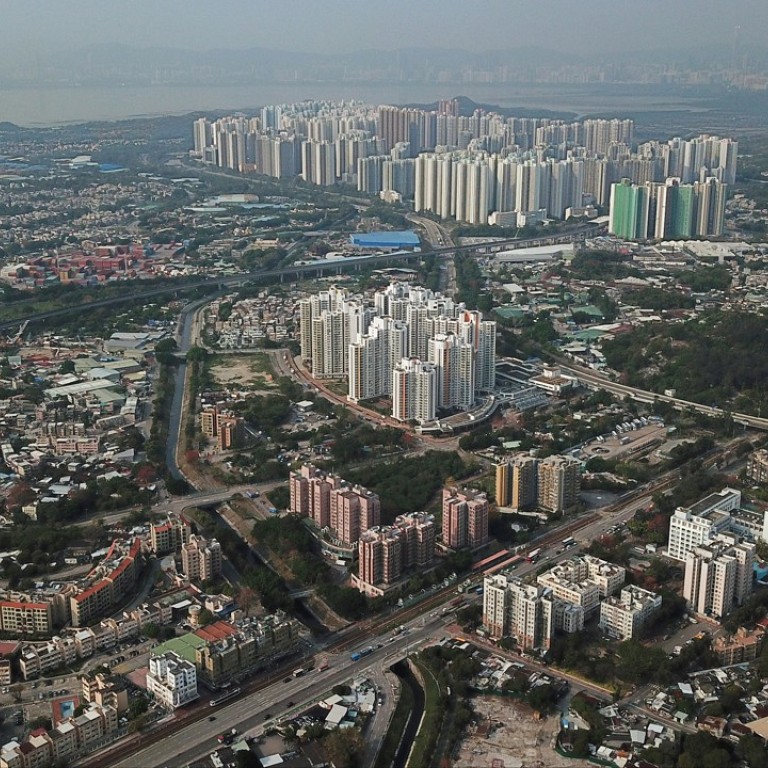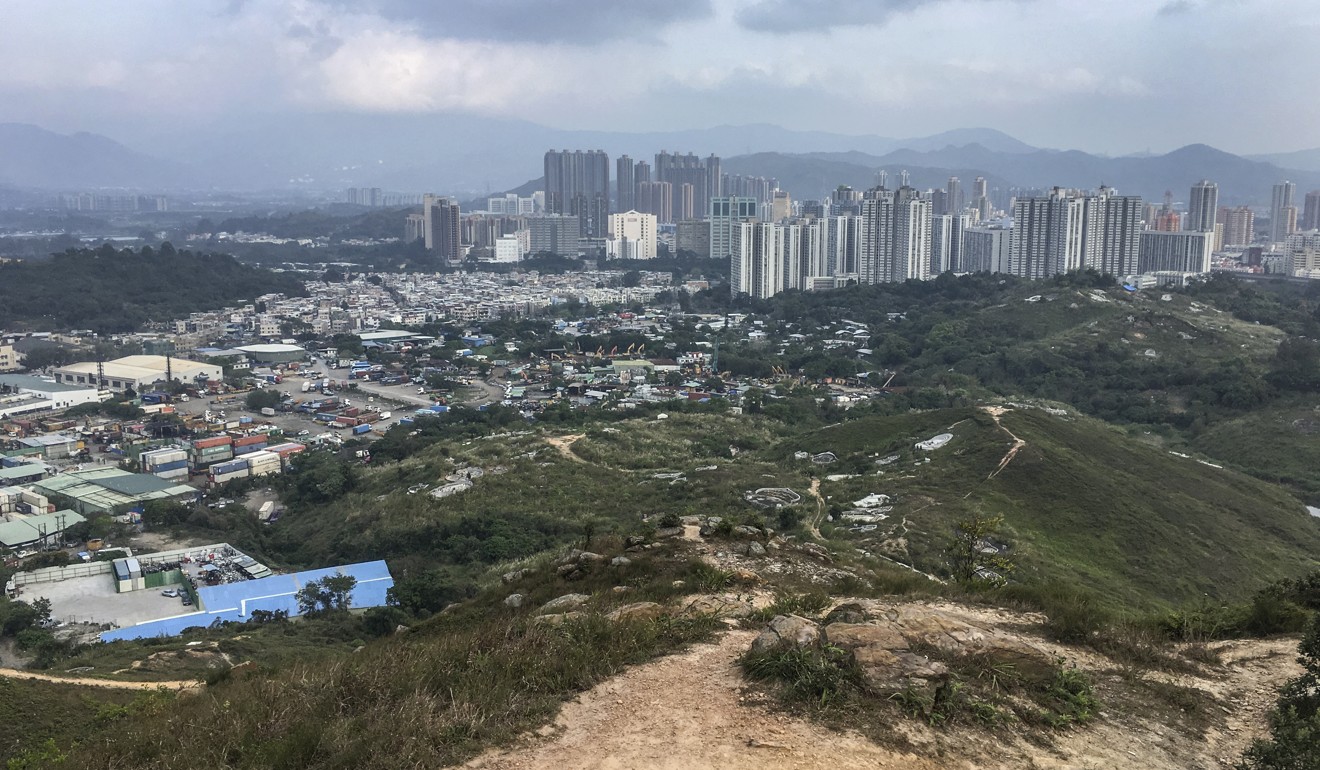
Hong Kong may not need 1,200 hectares of land for development in next three decades as officials estimate, NGOs say
Citizens Task Force on Land Resources and Liber Research Community say figure is exaggerated and city can tap damaged farmland and idle government sites for its needs
Damaged farmland and idle government sites in Hong Kong could provide 1,000 hectares (2,470 acres) of space for affordable housing and community facilities more quickly and cheaply than other land solutions, according to a collection of non-governmental groups.
The NGOs on Friday kicked off their own version of a government consultation exercise which is soliciting public opinion on how to address the acute shortage of land in the world’s least affordable housing market.
The official consultation, held over five months by the government-appointed Task Force on Land Supply, is asking Hongkongers to choose from 18 options to plug a predicted shortage of 1,200 hectares in the next three decades.
But the Citizens Task Force on Land Resources and Liber Research Community said this number was an exaggeration and the need would be smaller.
Their consultation would cover issues not included in the official one, the groups said. It would seek to forge a consensus on what Hong Kong should be as a city, where existing land resources are, which land should be prioritised for development and the criteria for that prioritisation.
“[The exercise] highlights missing information [in the government consultation]. It highlights the bias in the process, and it highlights how there were poor proposals made,” Citizens Task Force chairman Paul Zimmerman said.
A 70-page booklet produced by the groups focuses on four land supply options. They include 723 hectares of brownfield land, 34 hectares of idle government rural area, 200 hectares of government sites used for short-term tenancies, and 109 hectares of government land set aside for temporary use.
Public land for private profit? New ‘art and design district’ takes some liberties
Officials previously said these sites were too scattered or small to be developed. But the booklet reveals that the 723 hectares of brownfield spaces were larger than 2 hectares each. In addition the 34 hectares of rural government land includes 108 sites larger than 5,000 sq ft, the NGOs say, and the short-term tenancy sites include a 150-hectare car park and other sites individually larger than 10,000 sq ft, which collectively make up 50 hectares.
The sites for temporary use are currently occupied by offices, open storage facilities, car parks or left vacant, but could be used more efficiently if turned into parks or community facilities, according to the booklet.

The groups also seek to evaluate development time, cost, and the environmental and social impact of each option, which government assessments have not done, they say.
Developing brownfield sites, for example, costs about HK$150 million (US$19.11 million) per hectare and takes 12 years. In contrast, land reclamation, which costs HK$470 million per hectare, needs at least 25 years, Liber estimated, based on past projects.
Will Hong Kong’s search for land benefit the public or developers?
The booklet also argues against the government’s estimation of the future land shortage.
Lam Chiu-ying, former director of the Hong Kong Observatory and a member of the citizens’ group, said it was based on the city’s population being 9 million, with a development density of 3.6 – meaning the collective floor area of buildings can be 3.6 times the area of the site that hosts them.
However, these assumptions are not in line with projections by the Census and Statistics Department estimating Hong Kong’s population will peak at 8.3 million in 2043, Lam said.
Development density for recent new town projects was much higher than 3.6, at between 5 and 6, Lam added.
The government consultation is misleading and simplifies the housing problem to the issue of land
The city’s unaffordable property prices were not due to the shortage of land but the government’s policy from 2003 to 2012 of restricting land supply to boost prices amid a market downturn.
“[The government consultation] is misleading and simplifies the housing problem to the issue of land,” Lam said.
Liber founder Chan Kim-ching said the groups had crowdfunded HK$4 million to print 7,000 copies of the consultation booklets, which would be distributed through concern groups, forums and street stalls from next month.
The groups would soon release details on how they planned to collect public opinion, Chan said.
Greg Wong Chak-yan, vice-chairman of the official task force, said the land shortage estimate had taken into account the need for more elderly care facilities and more spaces for recycling businesses, and that population was not the only consideration. Even if the estimate used higher development density, the land needed for infrastructure and community facilities would also increase, he added.

Wong said the task force had asked the government for all the information it could provide. He believed it would take a lot of time, which the force did not have, to evaluate the costs as well as the environmental and social impact of each option.
Not all costs could be easily estimated, he added. Reclamation, for example, includes building roads, bridges and tunnels whose costs would depend on the geographic conditions of the involved areas.
Developers raise flat prices by up to 70 per cent on record Kai Tak land sale
Wong said the task force would start to invite the public to fill in questionnaires at more than 40 booths across the city from Saturday. The two-page questionnaires present the 18 options based on their development timeline and how much land they can provide. Survey participants can mark the options they prefer and their choices need not add up to 1,200 hectares.
An online survey would soon be available to the public, he said, while another survey that randomly selects participants would also come soon.

